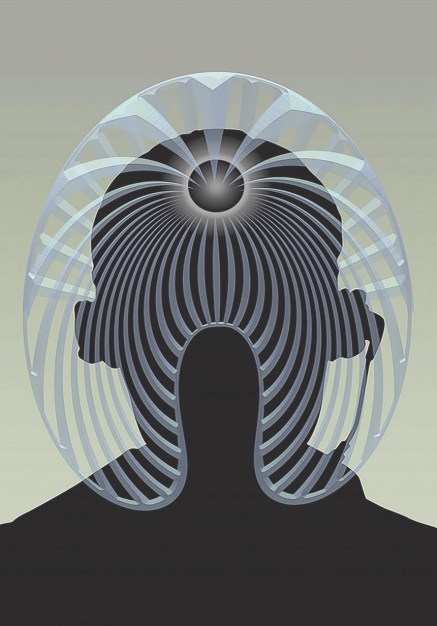U.S. MILITARY H PTSD SERIES PART V
The Role of Hope and Spirituality on the Road to Recovery
BY RALPH DEPALO, PHD
Editors Note: EP continues its exploration of the effects of combat on service members who have returned home and are attempting to cope with traumatic experiences while reintegrating into the daily life of family, community, and work. This series focuses on traumatic brain injury (TBI), post-traumatic stress disorder (PTSD), and related health issues. In this month's article, researcher Dr. Ralph DePalo explores the role that hope and spirituality can play in a servicemember's life by reviewing the literature which chronicles the findings of noted professionals working in the areas of hope and spirituality and the connection that these have to recovery. The article also examines hopelessness and its connection to depression. Understanding the psychological workings of the process of being hopeful or hopeless can help service members cope with a newly acquired condition or disability. For family members, understanding hopefulness and hopelessness can shed light on what a loved one is going through so that more effective support can be offered.
Record numbers of returning military members are being diagnosed with posttraumatic stress disorder (PTSD). Lack of hope and feelings of despair are prevalent with this disorder. Finding hope in the midst of despair is a great challenge. A service member should seek professional help to navigate the internal feelings that he or she confronts on the road toward recovery.
Hope is endemic to human existence. Hope engenders the possibility that future good is possible. Although hope and its fruits are abstract, these abstrac tions become realities because of humanity's need for the vitality of life even in the face of trying circumstances.
Intangible possibilities often become the base of reality for those facing uncertain futures. It is hope and all it encompasses that a person clings to for stability. This makes it a real touchstone for existence. To hope is to acknowledge the future. This crucial connection between hope and life is captured poignantly in Biblical references like Proverbs 13:12: "Hope deferred makes the heart sick, but desire fulfilled is a tree of
life." The metaphor of hope as the tree of life is one that is frequently used. Spirituality researcher, Dr. E.R. Mudd, wrote that "…without hope we can exist and plod away, but in a hollow and somewhat robot-like manner. We need hope to connect us to the tree of life." Hope is essential for more thanHope is essential for more than just physical and psychological wellbeing. J. Epperly affirms in his 1983 article on the spiritual needs of cancer patients that, "a sense of hope helps maintain the body's recuperative capabilities… The maintenance of hope at whatever stage is a spiritual need." Because of its intrinsic connection to the future, hope is clearly a component of spirituality.
Author and researcher J. Bruhn acknowledges the “therapeutic value” of hope and describes it as “a way of coping.” When hope is gone, despair, its antithesis, remains. A chronic condition can easily lead one to embrace such despair. The reality of living with a newly acquired disability must be replaced by the reality of hope so that the servicemember challenged with a disability can attempt to set reasonable and attainable goals. In his article entitled “Guidelines for Spiritual Assessment,” author R.L. Stoll makes an interesting point when he states that unrealistic goals such as “cure and freedom from pain, discomfort, and distress” will lead to nothing but “doubt and disillusionment.” Therefore, Stoll notes that hope must be based in reality so that a person can work “through the hard, cold facts and adapt so that life can be meaningful now and in the future.”

TRAUMATIC BRAIN INJURURY PART FIVE
When one's hope is shattered, there are three major behavioral responses